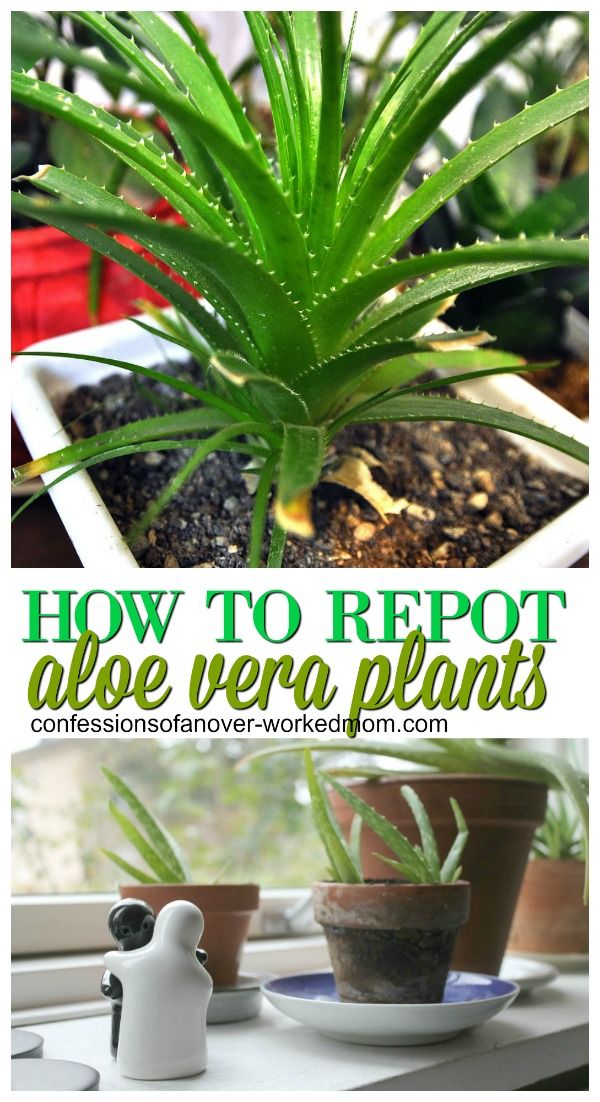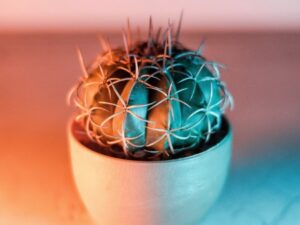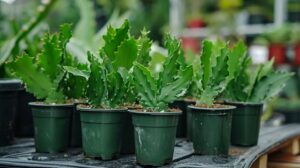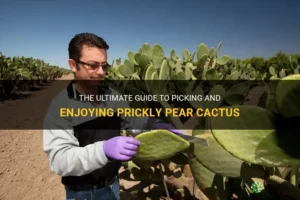Regrowing aloe plants at home is both an engaging horticultural endeavor and an excellent way to enhance your indoor garden. These resilient succulents are not just attractive but also possess myriad health benefits. In this guide, we will delve into the essentials of propagating aloe plants, exploring the methods, care, and the unique characteristics of various aloe varieties.
Aloe vera, with its fleshy leaves and gelatinous interior, has earned a reputation as a multipurpose plant. Whether you’re looking to expand your collection or simply wish to rejuvenate a waning aloe vera, understanding the propagation process is key.
Before embarking on your regrowth journey, it’s imperative to understand the specific type of aloe plant you possess. Species such as Aloe vera, Aloe aristata, and Aloe brevifolia each have distinctive growth habits and propagation needs.
Identifying your aloe’s species will inform your care strategy, optimizing the chances of successful propagation. Below, we will explore the necessary methods and approaches for regrowing aloe plants easily at home.
Understanding the Conditions for Regrowth
Establishing the right environment for your aloe plant is paramount. A well-draining potting mix, ample sunlight, and appropriate watering practices create the ideal growth conditions for these succulents. Aloe plants thrive in warm climates, echoing their origins in arid regions.
Begin by selecting a suitable potting mixture. A combination of potting soil, coarse sand, and perlite can yield a well-draining medium that will prevent root rot. Ensure that your pots have drainage holes to facilitate excess water removal.
Sunlight is also a key player in the regrowth process. Aloe plants thrive in bright, indirect sunlight. Placing them near a south-facing window is often recommended. However, it is essential to monitor for signs of sunburn or stress, such as browning leaf tips, which indicate excessive exposure.
Watering is another critical aspect. Aloe plants prefer to dry out between waterings. A general guideline is to water every two to three weeks, allowing the soil to dry thoroughly. Reduce watering frequency during colder months when the plant enters a dormant phase.
Propagation Techniques for Aloe Plant
There are two primary methods for propagating aloe plants: offsets (also known as “pups”) and leaf cuttings. Each method has its following distinct advantages and challenges.
Offsets are a popular choice for propagation due to their greater success rates. As your aloe plant matures, it produces small pups at its base. To propagate these pups:
1. Wait until the offsets are a few inches tall and have developed their roots, typically taking several months to a year.
2. Carefully remove the offsets from the parent plant by gently pulling them away. Ensure you retain some roots along with the pup.
3. Allow the newly separated pups to callous over for a day or two. This prevents rot when repotted.
4. Plant the pups in the prepared potting mix, and follow the ongoing care guidelines.
Alternatively, leaf cuttings can be utilized, though this method may require more patience. Select a healthy leaf, ensuring it is free of blemishes or disease. Cut the leaf at the base with a sterile knife, slice it into sections, and let the cut ends dry out for at least 24-48 hours.
After drying, place the sections upright in soil, ensuring the cut end is in contact with the mix. This method might take weeks or even months before roots develop, but it is nonetheless a rewarding process.
Caring for Your Newly Propagated Aloe Plants
Once your aloe plants are propagated, meticulous care is essential for their successful establishment. Begin watering sparingly, as excessive moisture can be detrimental during this crucial stage.
Maintaining proper humidity is also vital. While aloe plants are generally tolerant of dry conditions, ensuring moderate humidity levels encourages better growth. Mist the plants occasionally, particularly if grown in a drier environment.
Fertilizing your aloe plants is another area to consider. A diluted, balanced fertilizer formulated for succulents can be introduced every four to six weeks during the growing season. However, it is prudent to refrain from fertilizing during the dormant winter months.
Monitoring for pests is also essential. Aloe plants can occasionally attract mealybugs or aphids. If detected, using insecticidal soap or neem oil can manage these infestations effectively.
Understanding the Lifespan and Growth Potential
Aloe plants can live for many years, even decades, if cared for appropriately. They will continue to produce offsets, offering a sustainable cycle of propagation and growth. These plants not only serve aesthetic purposes but also practical functions, often utilized for their soothing gel in burns and skin irritations.
In conclusion, regrowing aloe plants at home is a fulfilling and manageable task. By understanding the right conditions, practicing effective propagation methods, and ensuring proper care, you will reap the benefits of vibrant aloe plants. With a bit of patience and attention, you can cultivate a thriving aloe garden that not only beautifies your space but also enhances your well-being.





Leave a Comment